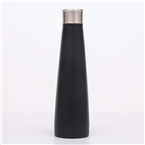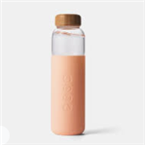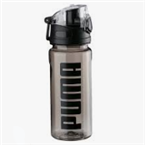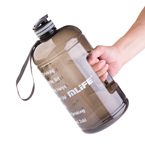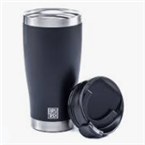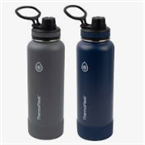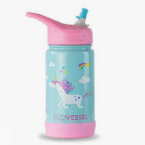Kids water bottles are specially designed for children to hold water or beverages. Generally, children use water or milk to drink. In order to make the children like it more, the design of the cup will be more cartoon and novel, and various patterns that children like will be designed on the cup. , The water bottle will be lighter, children can hold it with one hand, most parents only look at the price of the cup when buying, and they seldom pay attention to the material and safety of the bottle. In fact, the water bottle is the daily necessities most contacted by children. Health is closely related, so how to choose kids water bottles?
1. Glass material
- Advantages: The glass cup does not contain organic chemicals during the firing process, and the glass surface is smooth and easy to clean, and it is not easy to breed bacteria and accumulate dirt. It is the healthiest to use a glass cup for children.
- Disadvantages: Fragility is the biggest disadvantage of the glass. The child uses the glass for the first time, and it is easy to break if the hand is unstable. Moreover, the glass has strong thermal conductivity, and the person who uses it is easy to burn. If the water temperature is too high, it may cause the cup to burst, so it is necessary to avoid holding hot water as much as possible.
- Recommendation: Parents should choose a glass with a handle. And the cup should not be too high for easy access. Boil the newly bought glass with salt water, not only can it be disinfected and cleaned, but it is also not fragile.
2. Ceramic material
- Advantages: The colors are bright and beautiful, and the shapes are also diverse.
- Disadvantages: The inner wall of the ceramic cup is coated with glaze. When the cup is filled with boiling water or a beverage with high acidity and alkalinity, the lead and other toxic heavy metals in these pigments are easily dissolved in the liquid, and drinking it will cause harm to the human body.
- Suggestion: It is suitable for children to use cups with white inner walls instead of ceramic cups with colorful inner walls.
3. Stainless steel material
- Advantages: Stainless steel is made of iron-chromium alloy mixed with trace metal elements such as nickel, molybdenum, titanium and manganese. Because of its good metal properties and corrosion resistance than other metals, the made appliances are beautiful and durable.
- Disadvantages: Chromium, nickel, molybdenum, cadmium, manganese, titanium and other metal elements and their compounds have varying degrees of harm to human health. If used improperly, the trace metal elements in stainless steel will also accumulate in the human body, and when it accumulates to a certain extent, it will endanger human health.
- Suggestion: Can not be used for beverages, Chinese medicine, vegetable soup, etc., otherwise it will dissolve toxic metal elements.
4. Plastic material
- Advantages: The shape is changeable, the color is bright, and it is not afraid of being beaten, and it is convenient to take it with you when you go out.
- Disadvantages: Plastic is a polymer chemical material, often containing chemicals such as polypropylene or PVC polyvinyl chloride. When plastic cups are used to hold hot or boiled water, these chemicals can easily decompose toxic substances, which can have adverse effects on the human body. There are many pores in the plastic, which hide dirt, and it is easy to breed bacteria if it is not cleaned.
- Recommendation: When purchasing a plastic cup, be sure to choose a cup made of food-grade plastic that meets national standards.


